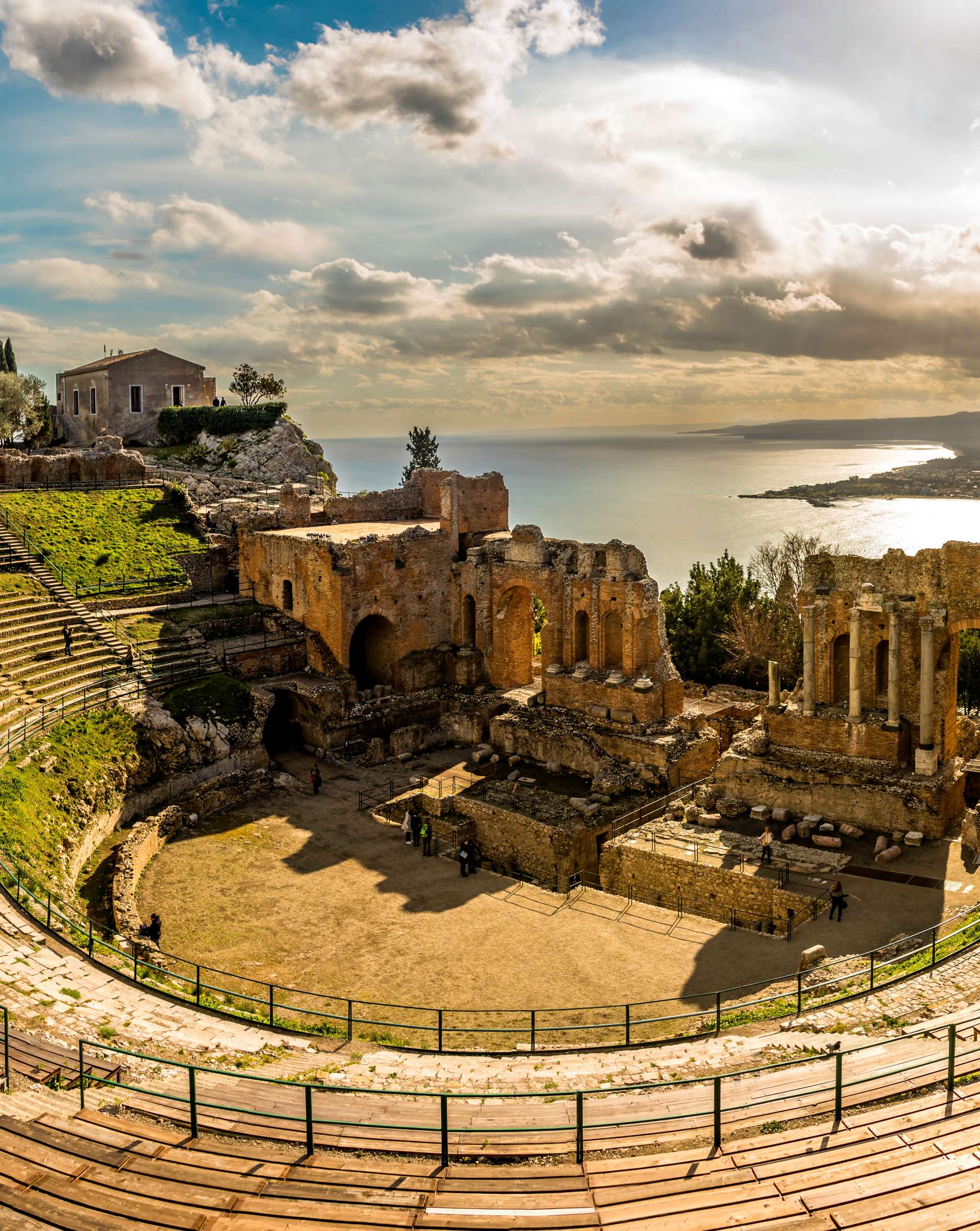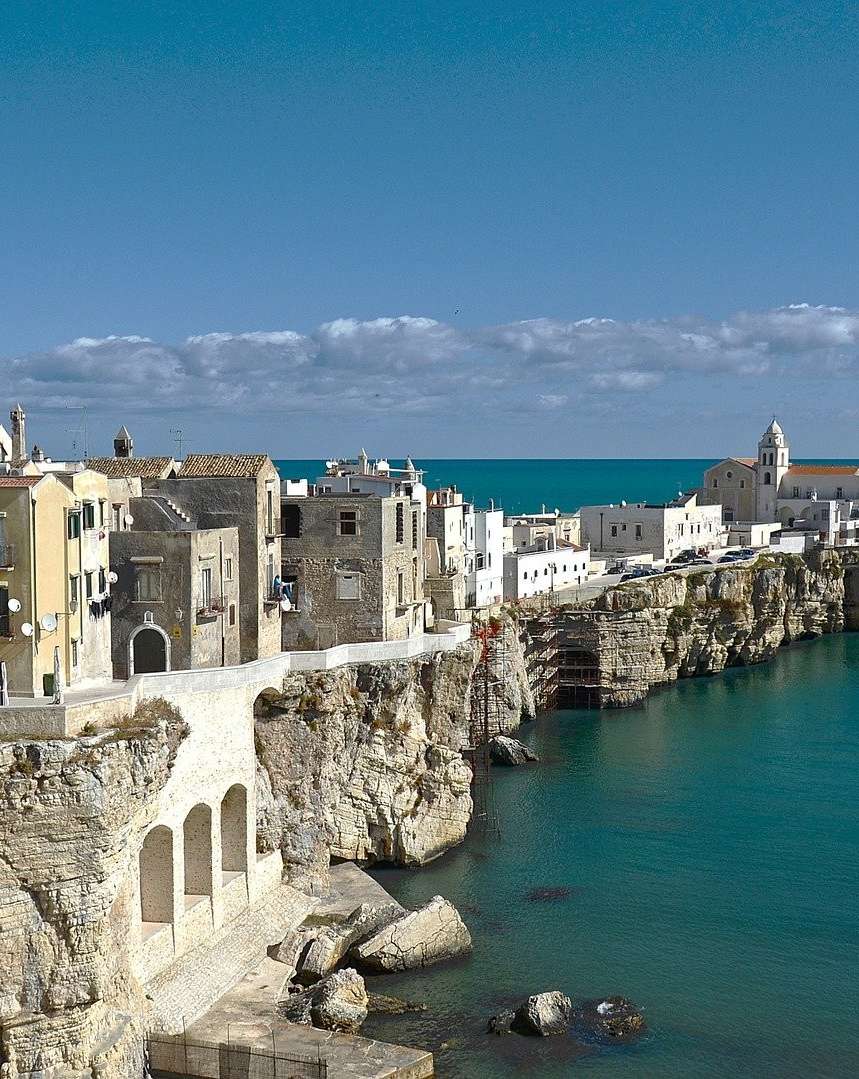
Food lovers, pay attention: here’s the recipe to make a truly Italian pesto
November 30, 2015Pesto, in Italy, is something else - definitely different from the one you can taste anywhere else in the world. And food-lovers traveling in the magnificent region of Liguria know that pesto from Genoa has a specific flavor, coming from a very specific recipe.
So here’s how to make pesto like a grandmother from Genoa. First of all, it is important to stress out that the pesto does not have to be processed by a machine, but by hand. Most of industrial pesto is, in fact, made using a food processor but if you really want to taste traditional Italian pesto, you’ll have to hand-chop the ingredient, with the goal of obtaining a texture that makes a perfect blend of all the ingredients. The reason is simple: said ingredients must not become a homogenized emulsion, otherwise all the bright and different flavors will not pop out the way they should.
In addition, Genovese pesto is made with young and small basil leaves, chopped up with a good old double-bladed mezzaluna or a knife.
Here are the ingredients you will need:
- 1 large bunch of basil, leaves only, washed and dried
- 3 medium cloves of garlic
- one small handful of raw pine nuts
- roughly 3/4 cup Parmesan, loosely packed and FRESHLY GRATED
- A few tablespoons of extra-virgin olive oil
- Special equipment: large mezzaluna for chopping
The technique is quite simple: start chopping the garlic along with 1/3 of the basil leaves. Once the ingredients are loosely chopped, add a few other leaves of basil and then chop some more. Add a little bit of basil every time, until it becomes a very fine mince with the garlic.
Now it’s time to add half the pine nuts to the mixture. Chop again and then add the rest of the pine nuts. After chopping some more, add half of the Parmesan cheese and resume the chopping. Add the rest of the cheese and chop until the mixture is so fine that you can press all the ingredients into a sort of a small basil “cake”.
Transfer the mixture into a small bowl and cover with a few tablespoons of extra virgin olive oil, preferably Italian (of course).
You can now add the freshly-made pesto to your favorite pasta (we suggest gnocchi, or trofie) or put it into the refrigerator.
The only thing you have to remember is to quickly stir the pesto before serving it, in order to incorporate some of the oil into the basil.
Buon appetito!










